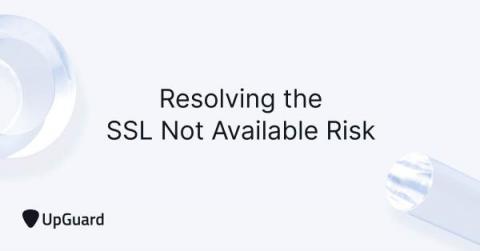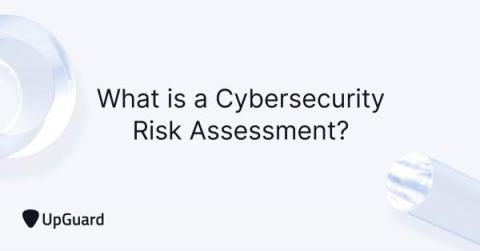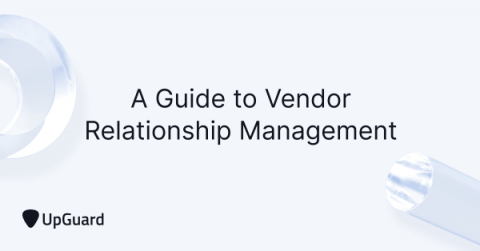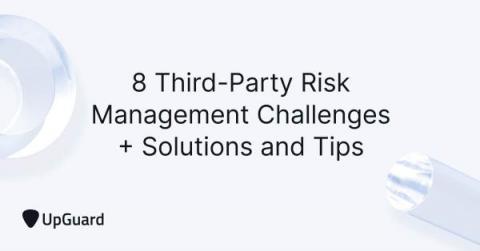Why cyber insurance should be part of any comprehensive risk management strategy
The recent rise of ransomware, attacks on supply chains and increasing costliness of privacy regulations has made cyber insurance an important topic of discussion. But it can be tricky to keep up with cyber insurance requirements. One of the most robust ways to meet those requirements is with multi-factor authentication (MFA).









